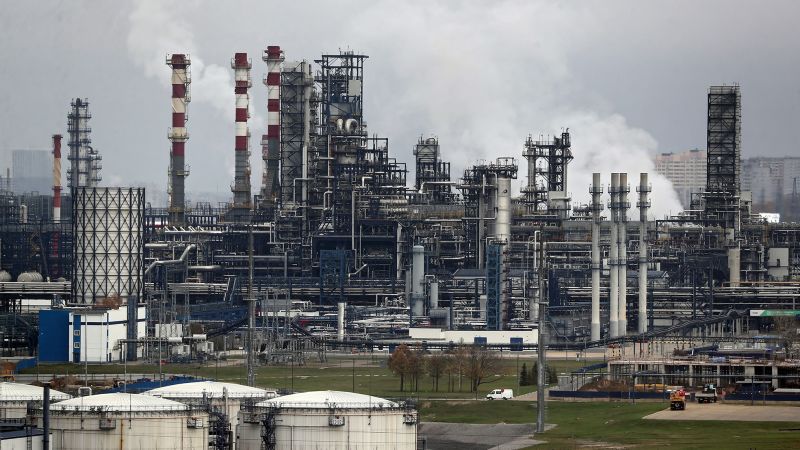Oil prices hit a new high for the year so far after Saudi Arabia and Russia — the world’s biggest crude exporters — said they would extend output cuts by at least another three months.
Brent crude, the global benchmark, gained 1.8% to trade above $90 a barrel, while West Texas Intermediate (WTI), the US benchmark, rose by a similar margin to $87 a barrel.
The moves by Saudi Arabia and Russia reinforce efforts by the alliance known as OPEC+ — which includes members of the Organization of the Petroleum Exporting Countries and other producers — to support oil prices by agreeing to deep and prolonged production cuts.
An official source from the Saudi Ministry of Energy told state-run news agency SPA that the kingdom would extend its production cut of 1 million barrels per day until the end of December. The decision would be “reviewed monthly to consider deepening the cut or increasing production,” the source added.
The Saudi production cut — which has been in place since July — is the biggest in years and has depressed the kingdom’s output to nine million barrels per day. The cut is in addition to a reduction previously announced by Riyadh in April 2023, which extends until the end of December 2024.
Saudi Arabia needs Brent crude to trade at around $81 a barrel in order to balance its budget, according to the International Monetary Fund. The kingdom slipped into a budget deficit this year after reporting a surplus in 2022 for the first time in almost a decade.
Russia, meanwhile, is trying to boost revenues to support its war effort in Ukraine. Russia’s Deputy Prime Minister Alexander Novak said Tuesday the country would reduce its exports by 300,000 barrels per day through the end of 2023, also extending a previous commitment. Novak said the decision was taken “to maintain stability and balance” on oil markets, Reuters reported.
Production cuts by OPEC+, which produces 40% of the world’s crude oil, have helped send oil prices higher in recent months, a development that could have repercussions for inflation and interest rates. Average US gas prices have also drifted higher to $3.81 a gallon, a couple of cents above where they were this time last year.
“The recent upward trajectory in oil prices has laid the groundwork for potentially elevated [consumer price index] figures for August,” Stephen Innes, managing partner at SPI Asset Management, wrote in a note Tuesday.
“These impending increases in oil prices present a fresh challenge for central banks as they continue their diligent efforts to bring inflation levels back in line with their desired targets.”
Read the full article here













Leave a Reply